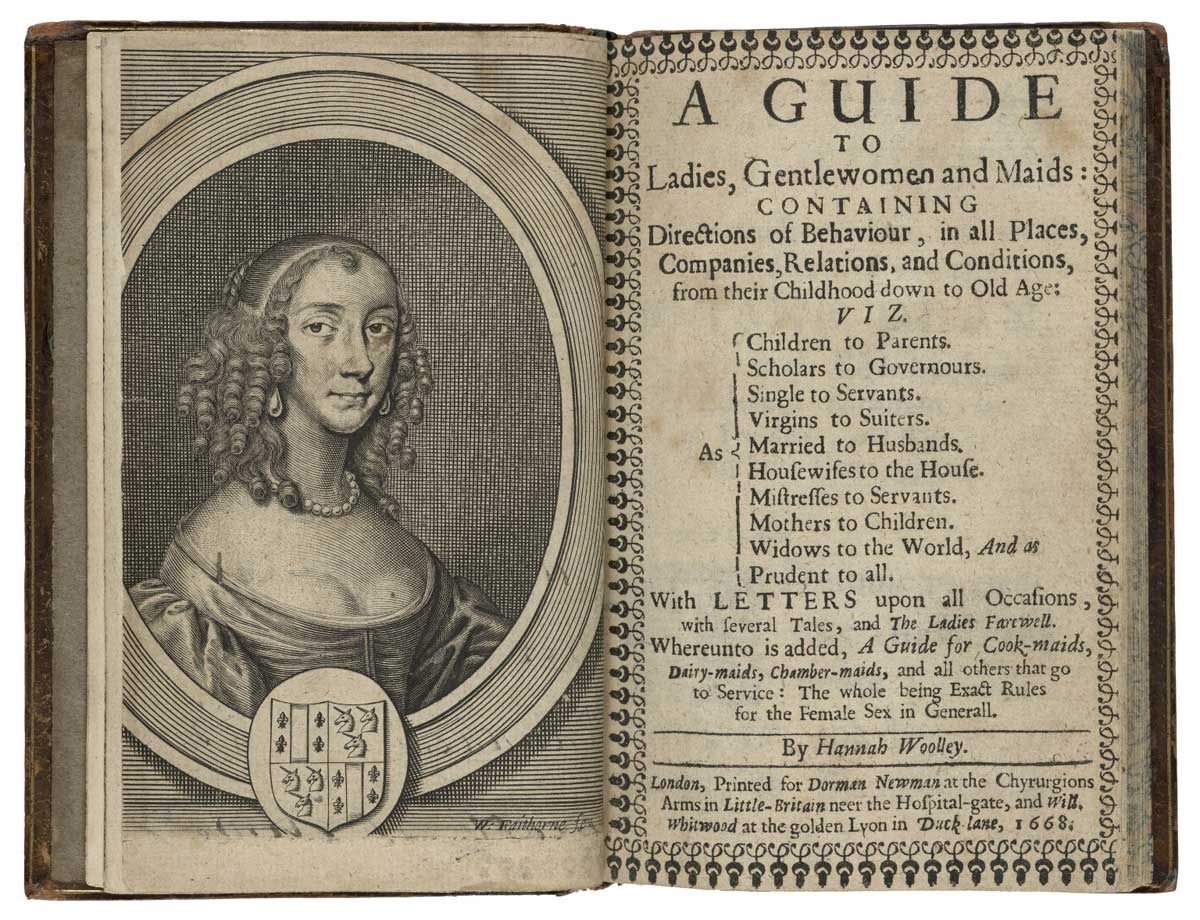The Gentlewomans Companion
I am currently writing an essay on Hannah Woolley and her book A Guide to Ladies. Borrowed from the library, the copy I have with me —currently in my bag given that I am too scared to lose—is pretty torn apart, trying to keep itself together with a string.
As much as I love to browse books in a library and the meaning of borrowing one, I do not like to feel pressured to keep the book as it is. I believe every book has a personality as used. A dog-eared book tells a story, little notes taken in the margins explain a process… For this book, however, I was forced to borrow because this book is extremely expensive for some reason. 60 CAD to be specific! Therefore, the library it was…
I will not be diving into Woolley’s life in this essay, but talk more about this particular book.
As you may notice, the full name of the book is rather long. The copy I have has the following title: The GentlewomansCompanion ; OR, A Guide to the Female Sex: Containing Directions of Behaviour, in all Places, Companies, Relations, and Conditions, from their Childhood down to Old Age. However, there is a fact that most of the publishers seem to skip: the book we read as hers is two books: The Gentlewomans Companion and The Guide to Female Sex —or The Guide to Ladies. Moreover, the essential book that was written by Wooley was The Guide to Ladies.
A study written by Eleanor Woodman mentions that The Gentlewomans Guide was written by a now anonymous writer. One thing you need to know about seventeenth-century print industry is writers did not have a say on their properties once they were given to the publishers. Moreover, publishers, to make more profit, would print, reuse, combine, and separate works that they have. Hannah Woolley herself mentioned that in fact The Gentlewomans Guide is not belong to her.
Looking the context of the book, it has a broad spectrum compared to the books of today’s. It is basically a recipe book, medicen book, and a guide for female sphere from child to old ages. Within this broad spectrum, Woolley’s main concern, as mentioned in the book, is to educate women of every age. Scholars tend to call her an early feminist. Joan K. Kinnaird in his work Mary Astell and the Conservative Contribution to English Feminsm writes:
Feminism proper, associated with the late nineteenth century, is the doctrine of the complete equality of the sexes. Such seventeenth-century pro to feminists as Mary Astell, Hannah Woolley, and Lady Mary Chudleigh made no such claim; they preached only equality of "souls" and hence, according to the philosophic understanding of the time, equality of the rational faculties God had given to men and women alike that they might achieve personal sanctity. As a matter of course, they seem to have accepted the idea of distinct masculine and feminine natures. Men and women differed physically, and since emotions were rooted in the body, it followed that the two sexes enjoyed different temperaments, different sensibilities, and different gifts.
In terms of this perspective, scholars argue that she was an early feminist believing women has the same intellectual capacity as man.
“…a Womans capacity is no way inferior to mans in the reception of any sort of learning…
”
She was, in my personal opinion, one of the first feminist that tried to make her voice heard. She was modest, due to her time being harsh on woman, however, was clear on her goals and desire to share her opinions.
I will be publishing an article more detailed on the topic. Keep in tune to see how it turns out!
P.S. What are your thoughts on Hannah Woolley? Would you read her work?

